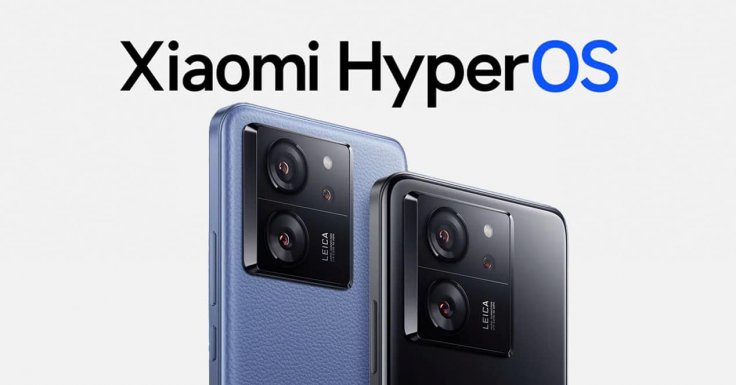Chinese smartphone brand Xiaomi has introduced HyperOS, a new operating system designed to seamlessly connect personal devices, cars, and smart home products. With a foundation built on five key pillars including System Level Optimization, Interconnectivity, Active Intelligence, Privacy & Security, and Open Platform, HyperOS aims to efficiently cater to user needs.

The company's product lineup, often referred to as an 'ecosystem,' rivals even that of Apple's. While hardware growth has been significant, there was a need for software enhancement to connect these devices. The smartphone giant has tried to fill this gap with HyperOS.
HyperOS, unveiled at Xiaomi's 14 launch event in MWC Barcelona, is described as a 'Human x Car x Home' smart ecosystem. It serves as an umbrella term for Xiaomi's various operating systems, spanning smartphones, smart home products, and future ventures into cars. HyperOS comes pre-installed on newer devices like the Xiaomi 14 series and the Watch S3, aiming to unify the ecosystem through the HyperConnect framework.
However, HyperOS is not a singular operating system but a collective term. It leverages the open-source Xiaomi Vela platform for IoT products and is built on AOSP for smartphones and tablets. Despite similarities to MIUI, HyperOS brings enhancements like fluidity improvements, new animations, and UI tweaks.
Generative AI features are a highlight, including AI Subtitles for video translation, AI Portrait for image generation, and AI Expansion for photo editing. Xiaomi envisions HyperOS as the central hub for intelligent device communication and AI-driven decisions.
Currently, HyperOS represents a vision in progress for Xiaomi, aiming for seamless device interaction and smarter functionalities. As the company continues developing the operating system, more innovative features are anticipated in the future.









